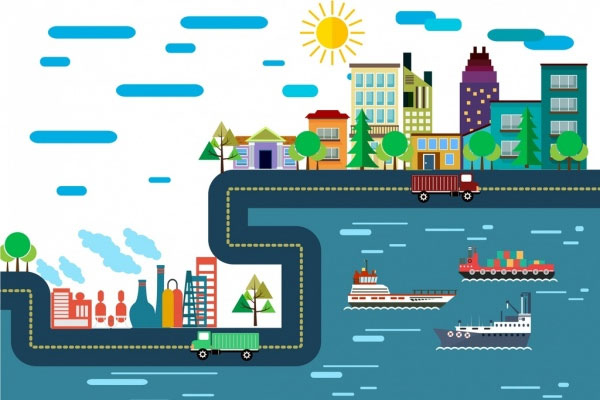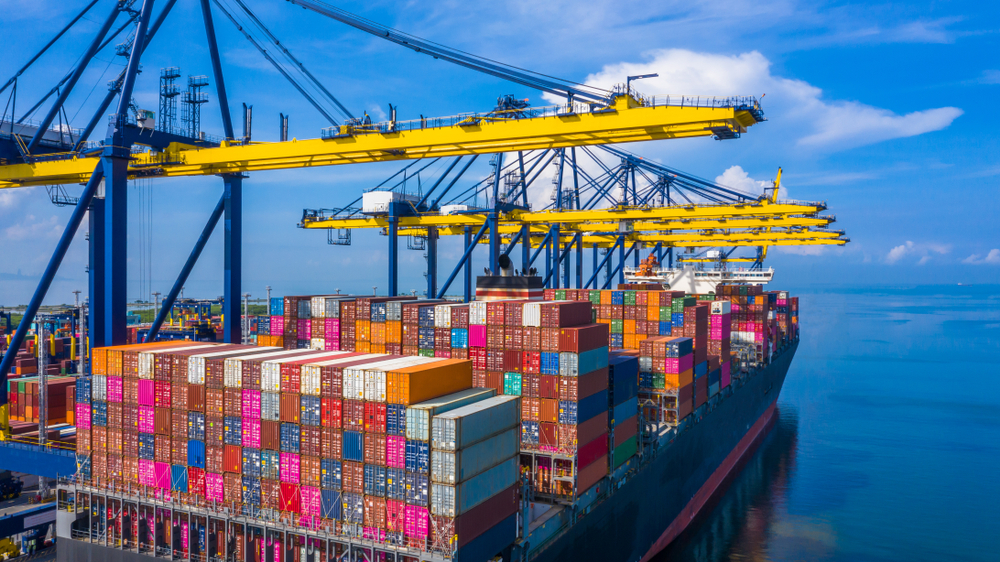Exclusive Economic Zone (EEZ)
The concept of Exclusive Economic Zone (EEZ) has been propounded by the 1982 United Nations Convention on the Law of the Sea (UNCLOS). It defines an EEZ as generally extending 200 nautical miles from shore, within which the coastal state has the right to explore and exploit, and the responsibility to conserve and manage, both living and non-living resources. For example, India, a country with rich maritime heritage, has an Exclusive Economic Zone (EEZ) of about 2.37 million square kilometres, wherein India enjoys the exclusive legal right to utilize all living and non-living resources.

It is not the same as ‘territorial sea’. UNCLOS defines territorial waters as a belt of coastal waters extending at most 12 nautical miles (22 km; 14 mi) from the baseline (usually the mean low-water mark) of a coastal state. What sets an EEZ apart from territorial sea is that the former is simply a “sovereign right” which refers to the coastal nation’s rights below the surface of the sea, whereas the latter confers full sovereignty over the waters.
The rights offered by Article 56 of the UNCLOS to coastal state include:
1. Exploration and exploitation as well as conservation and management of natural resources (living or non-living) found in the EEZ.
2. Production of energy from wind, currents and water.
3. Establishment and use of artificial islands, structures and installations.
4. Conducting of marine scientific research.
5. Protection and preservation of the marine environment.
Article 58 of the convention lists the rights and duties of other States in the exclusive economic zone:
1. In the exclusive economic zone, all States, whether coastal or land-locked, are entitled to the freedoms referred to in article 87 of navigation and overflight and of the laying of submarine cables and pipelines, , subject to the relevant provisions of this Convention. Similarly, other internationally lawful uses of the sea related to these freedoms, such as those associated with the operation of ships, aircraft and submarine cables and pipelines, and compatible with the other provisions of this Convention, are also available to them.
2. Articles 88 to 115 and other pertinent rules of international law apply to the exclusive economic zone in so far as they are not incompatible with this Part.
3. It also states that in exercising their rights and performing their duties under this Convention in the exclusive economic zone, States shall have due regard to the rights and duties of the coastal State and shall comply with the laws and regulations adopted by the coastal State in accordance with the provisions of this Convention and other rules of international law in so far as they are not incompatible with this Part.
Article 59 of the convention states that if a conflict arises between the interests of the coastal State and any other State or States, it should be resolved on the basis of equity and in the light of all the relevant circumstances, taking into account the respective importance of the interests involved to the parties as well as to the international community as a whole.
India enacted the Territorial Waters, Continental Shelf, Exclusive Economic Zone and Other Maritime Zones Act in 1976 that followed its incorporation in Article 297 of Chapter III, Part XII of the Constitution with the introduction of the concept of the EEZ. By June 1997, India had ratified to the UNCLOS III segment of the treaty, which signified its agreement with the region specific agenda of the treaty. While the Act places 2.2-2.8 million square km of sea under India’s jurisdiction, there are some ambiguities in the boundaries, such as the critical one between Indian and Pakistani waters, which includes the Sir Creek area.
As per the National Institute of Oceanography (NIO, 2018), India has a coastline of about 7,500 km, and the EEZ for India according to UNCLOS covers an area of 2.172 million sq km. India has exclusive jurisdiction over the resources in this zone including navigation of seafaring trade and transport vessels in this area. However, geo-scientific mapping of the EEZ for India has not yet been completely applied, which is key to help ensure better readiness for environmental hazards and addressing issues of socio-economic well-being of people along the coastline.













Very informative 👏